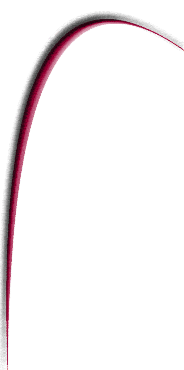

 |
 |
|
| Gloria Coates Symphonies 1, 7 & 13
Belatedly catching up with the American composer Gloria Coates (b.1938) who now lives in Germany has been exciting. The Naxos notes describe "always something slowly going on" which "often turns out not what you think". Coates is the latter-day mistress of the glissando (think of Xenakis and early Penderecki) but her way may prove more durable and is, I find, more emotionally involving. (Only last week I was reminded at London's String Quartet Competition how novel in the 1940s, indeed upsetting, did Britten's structural use of glissandi in his second string quartet feel.)* The two earlier of these symphonies have been recorded before [Cpo 999392], and you can hear one-minute samples on Amazon.com - not really long enough to grasp the processes and excitement of the eventually reached climaxes. The budget release of three of the Coates symphonies on Naxos's American Classics is accordingly self-recommending; they sound good on these recordings and the liner notes guide you through them movement by movement. *- - at its first performance (Zorian Quartet, November 21, 1945) those of us present in Wigmore Hall found the glissandi passage in the first movement bizarre, indeed freakish - extended string techniques had not yet jumped across the Channel from Europe - -
GLORIA COATES String Quartets Nos 1, 5 & 6 Kreutzer Quartet Naxos American Classics 8.559091 [59mins] This is the first of two CDs of Gloria Coates' string quartets, which distil her preoccupations with glissandi, canons and palindromes. Her teacher put her off in 1962 by writing "glissandos are for colour once or twice in a piece, but - -", and she didn't go back to them for a decade. Since then they have become pervasive, as structural basis for some of the most radical and uncompromising music of all time. Here, everything can be heard distinctly - 'one can distinguish every note, every line' - but the results are as extraordinary as in the symphonies.
String Quartet No 9 Naxos American Classics 8.559666 [recorded 2008/9] This latest release in an important series has a new line-up for the Kreutzer Quartet and they give a stunning account of Coates' very difficult ninth quartet. The booklet notes by Kyle Gann and Peter Sheppard Skærved are comprehensive and illuminating. The quartet's structure is described in detai; thel first movement is 'a canon and an almost-palindrome. - - At some point all four instruments begin glissandoing across a range of several octaves, the violins downward from the stratosphere, the cello and viola upwards from their low Cs. At the opposite extremes of their registers they all reverse direction, and the first half of the movement repeats itself backwards, the canon starting in the first violin and working its way down to the cello.' Gloria Coates herself assures me that "the center is my glissando mirror canon - you can hear it...", but listeners without scores to follow * would have been helped by timings cues in mins & seconds in the notes, or better by index markers for sections within the quartet's two main tracks; not something to reasonably expect from a budget label. The solo sonata and piano trio broaden the perspective of Gloria Coates' chamber music. It all sounds to be very wel played and the disc is recommended strongly to collectors who want not to miss a unique compositional voice. Peter Grahame Woolf * The quartet no longer has the score, which remains unpublished... [Editor] (Philip Clark's quote from The Strad above is re. the Quts. Nos 5 etc, but applies equally to this No 9)
|